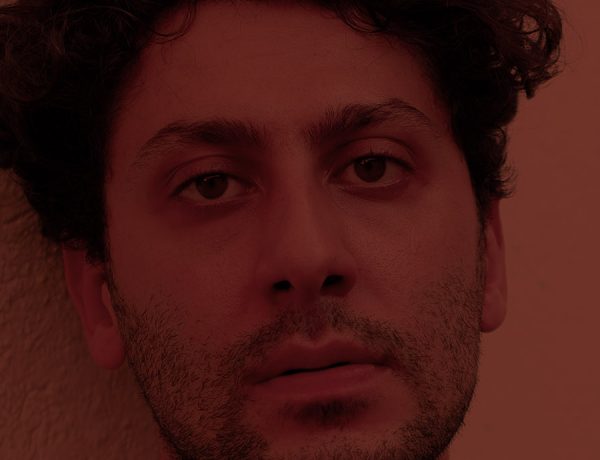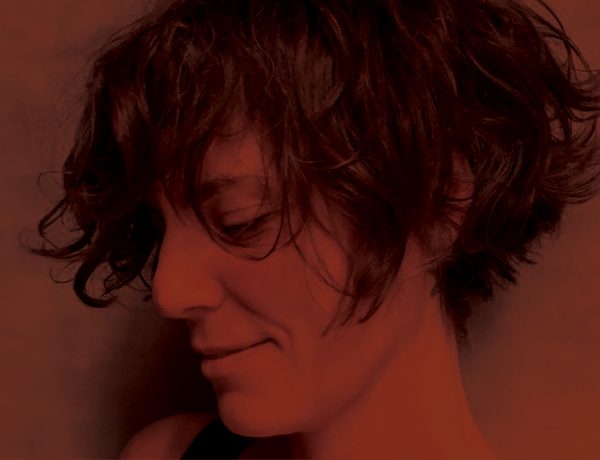Ceramics are now gaining popularity as functional objects. We asked Elizabeth Gorringe about the purity and purpose of her porcelain works.
Interview by Bahar Ahu Sağın
You have a degree in Art History and Media Art; and before becoming a potter you worked for The British Film Institute at The National Film and Television Archive, working on many conservation projects within the Film Stills and Film Acquisition departments. How did you decide to shape your life around ceramics? What inspired you to start the art of pottery?
For me clay is one of those materials that is all absorbing to work with and I felt that immediately when I first encountered clay.
Almost immediately without taking a single lesson I set up a tiny studio that was just big enough for a wheel and a kiln, and I began when I could, to make, just learning from books and trial and error.
Many years later I was eventually able to move into the studio space I am in now and make ceramics my life.
Where did you learn your glazing techniques?
I am fully self taught so all the techniques I use I have learnt purely from my own experimentation. Learning new techniques and gaining more experience will always continue. Developing processes, better ways of working and understanding the materials, it’s properties and limitations is something I am always trying to improve.
In terms of how I use glaze, I am always attempting to make sure that the body of the pot and glaze become one, so that one does not over-take the other with its dominance.
Your porcelain works with their extraordinary whiteness and focus on minimalist aesthetics have remnants of strong throwing lines on the interiors of the forms. What is your intention to do this?
From the very beginning my approach to making has always been about simplicity. It is a visual search for simplicity, a distillation of ideas, elements and thoughts. But my minimalist approach was never intentional, it was very unconscious, there is no other way for me to make and it runs deeper and beyond personal taste.
I have to see simplicity and calmness when I look at my work, my eye has to see and rest easy on the piece with quietness. If pieces look cluttered and overly complicated by design elements I know I have got it all wrong and a simplification of lines, overall form, proportion and surface decoration needs to be undertaken.
I never wanted to say grand or loud things with what I make, maybe one day I will but for now creating objects that just say something simple, quiet or even basic is enough.
You aim for your objects to have purity and purpose. What do your pieces mean to you, both on a personal and professional level?
Personally it means many things, it can be hugely joyous to make, to express yourself in a very simple way with a fragile white material feels beautiful and also fundamental to who I am. At the same time it also can be hugely fraught at times. Success and failure often work hand in hand and the psychological process of letting go of things that are important is ever present in creating ceramics.
Porcelain presents many challenges but even bad days In the studio can be hugely rewarding. When processes go wrong, losses are had, these days can sometimes be the most useful, they are the days when I question what I am doing and things stop being automatic and become more conscious and those are the days when my work seems to take a step forward.
What is the most difficult challenge you face whilst working with your hands constantly?
I suppose one of the biggest challenges is training my hands to do what my mind wants, for them to be in unison and not at odds like they still are. What I want to make and what I can physically make currently are still two very different things. It gets closer the more I work but it is still a long way off, perhaps 5 or more years.
On another level away from the challenges, working with my hands has proven to be a glorious experience, I have found that it allows a certain level of relaxation, flex and space within the mind that I never knew existed before.
What are your goals for the near future? What is next?
For now goals are really just based around craftsmanship and it’s just about tomorrow, just that day and how I can be better at what I do.
How can I achieve more with my material and overcome technical difficulties. How can I make more effective pieces. How can I achieve a greater level of craftsmanship within each process and for each piece. How can I push my skill level forward so that I can make what is in my mind.




